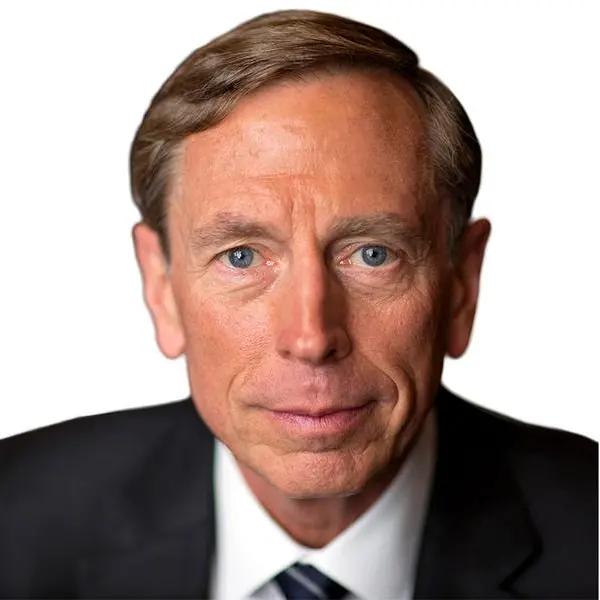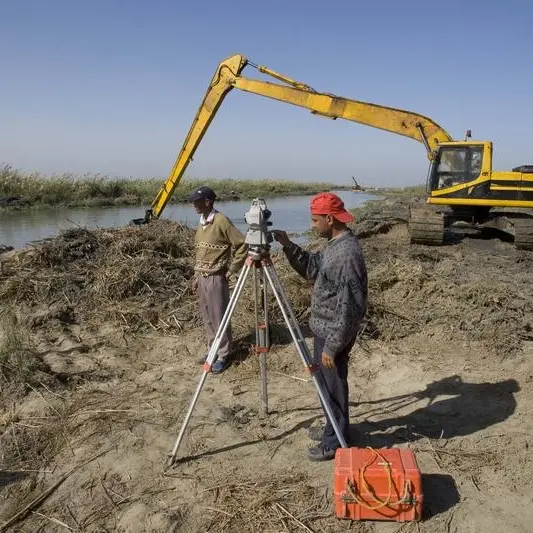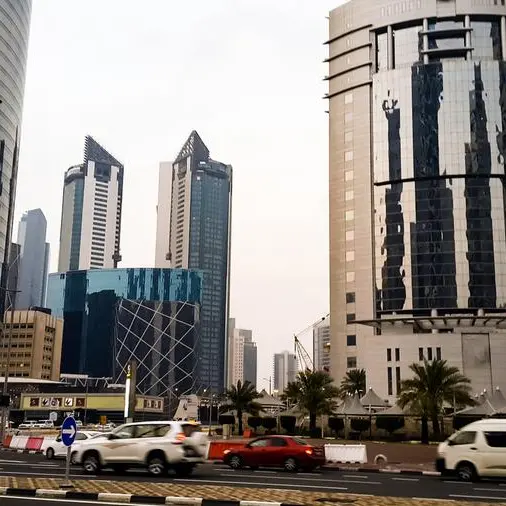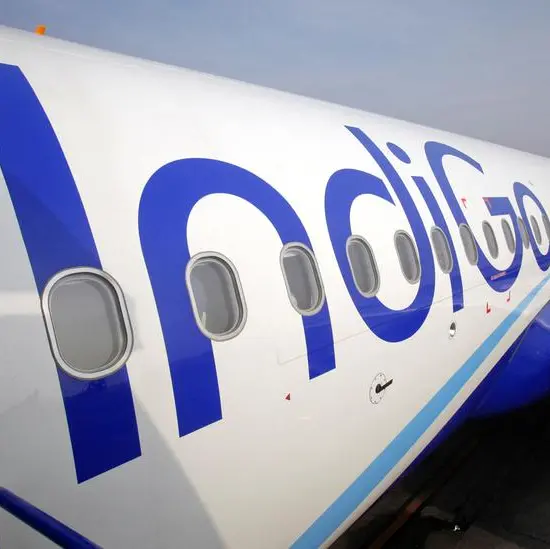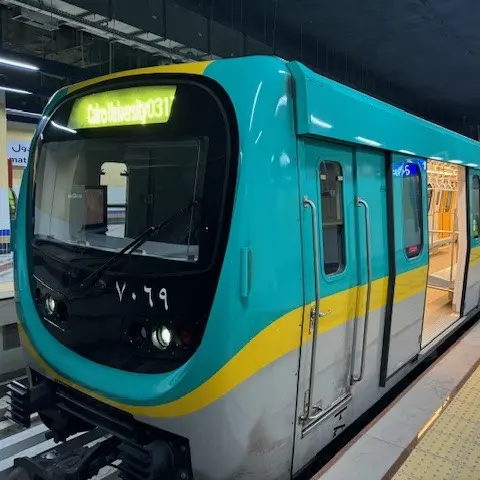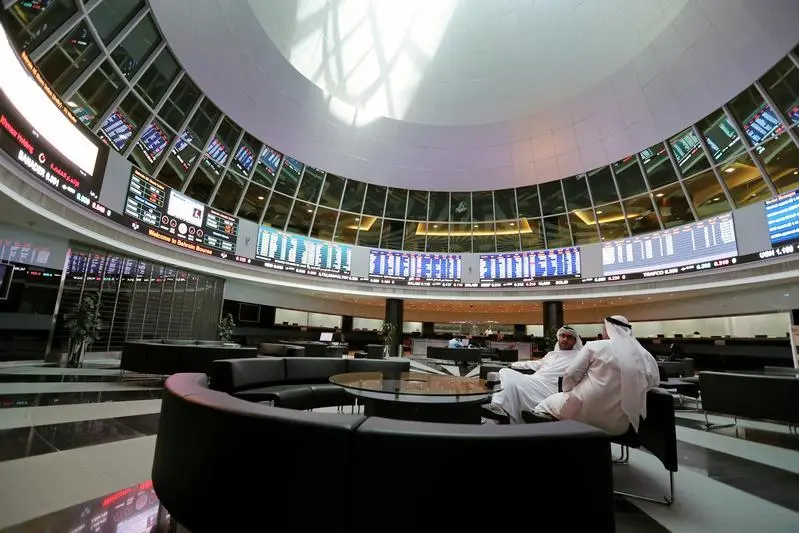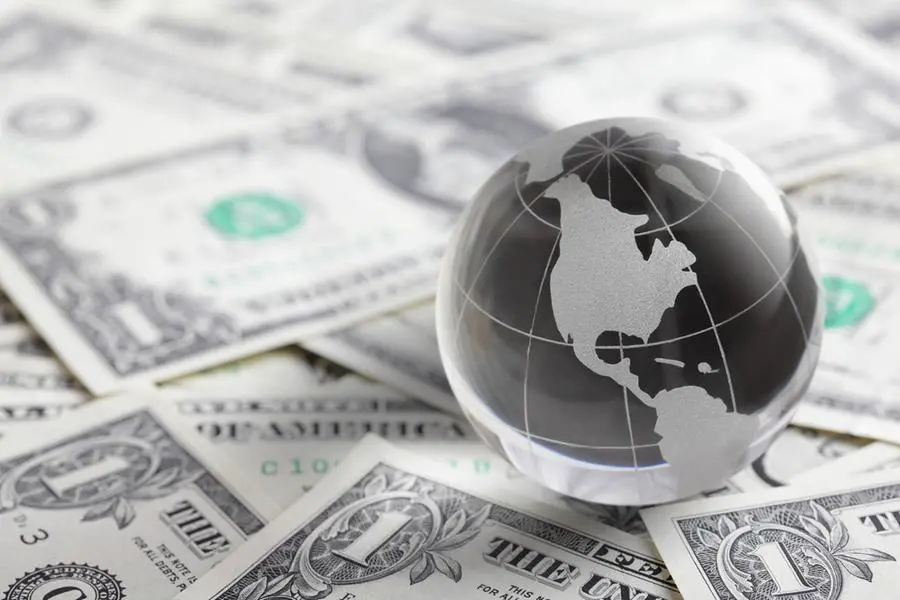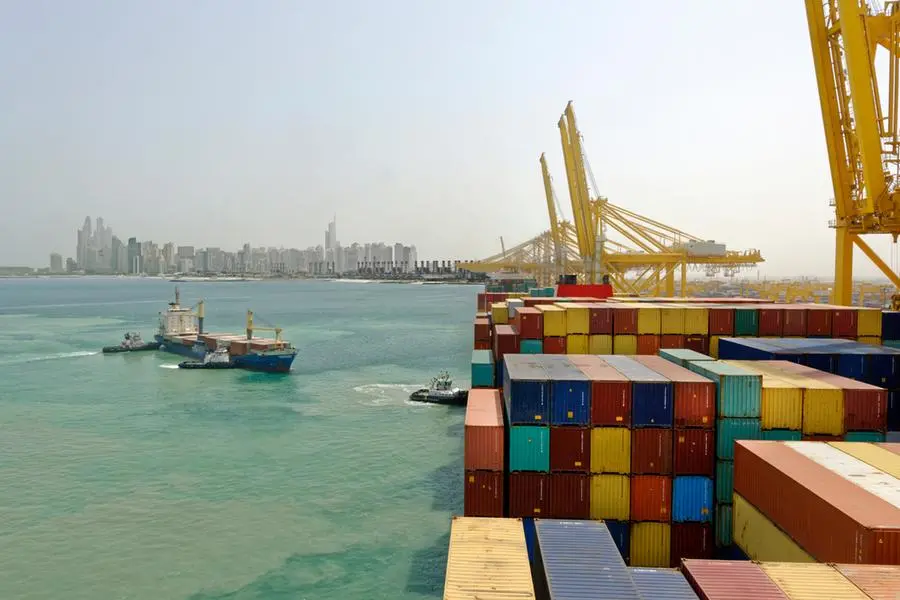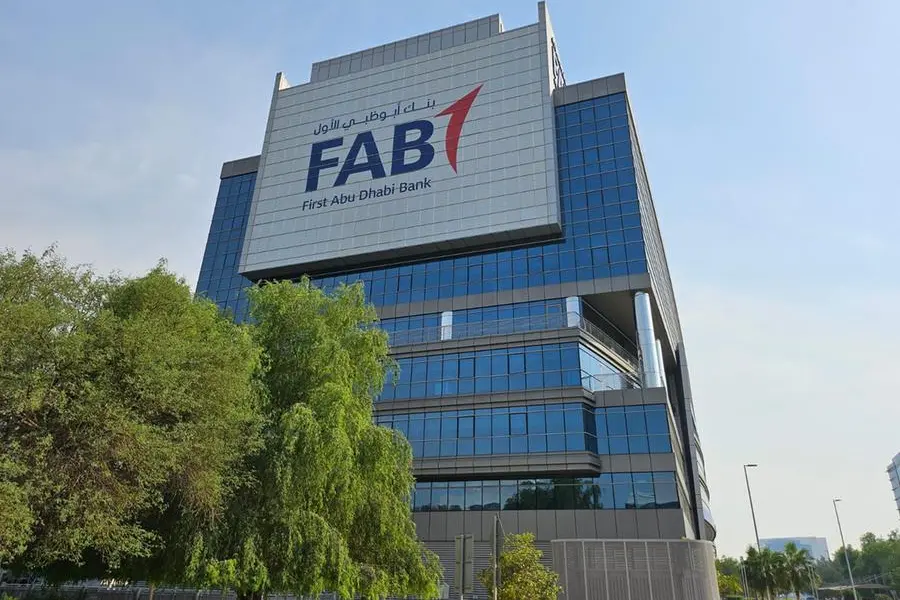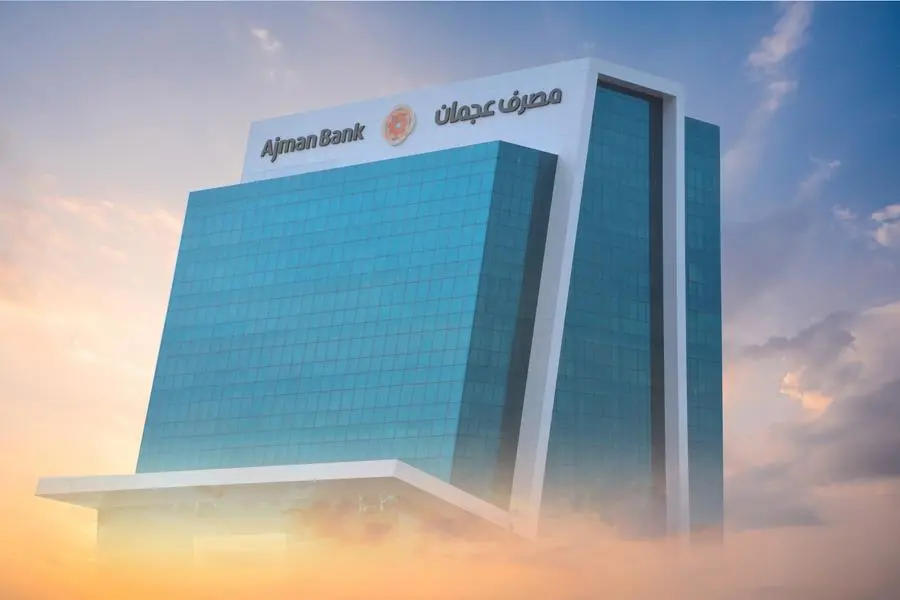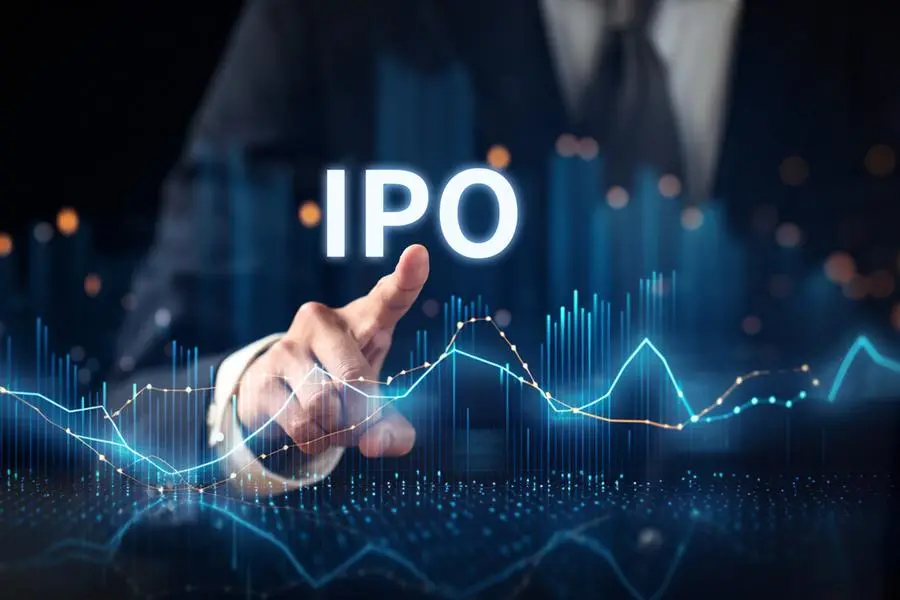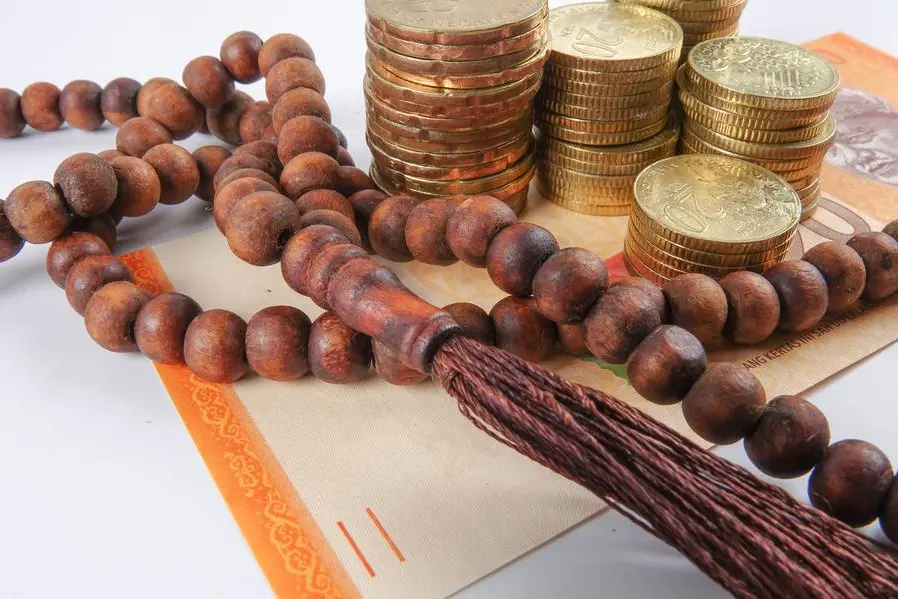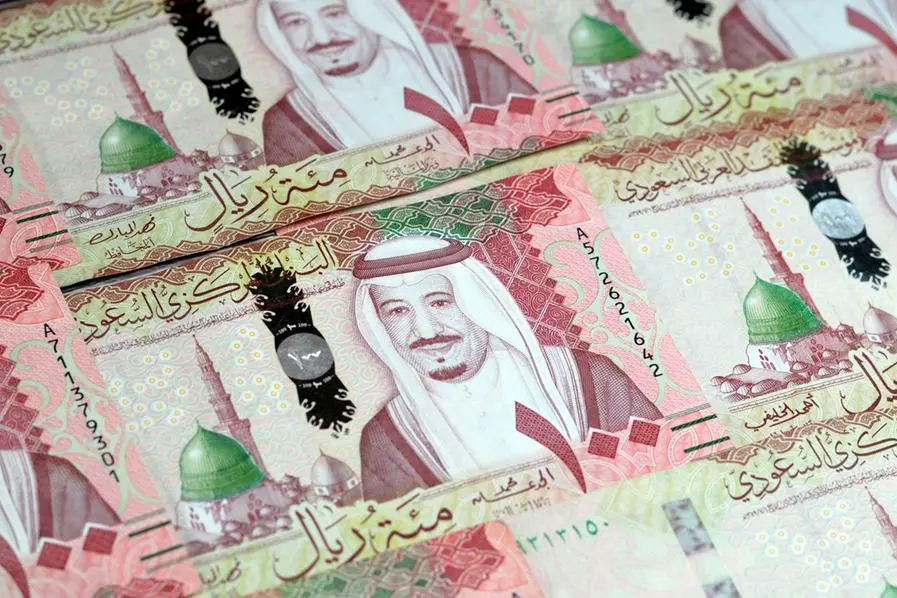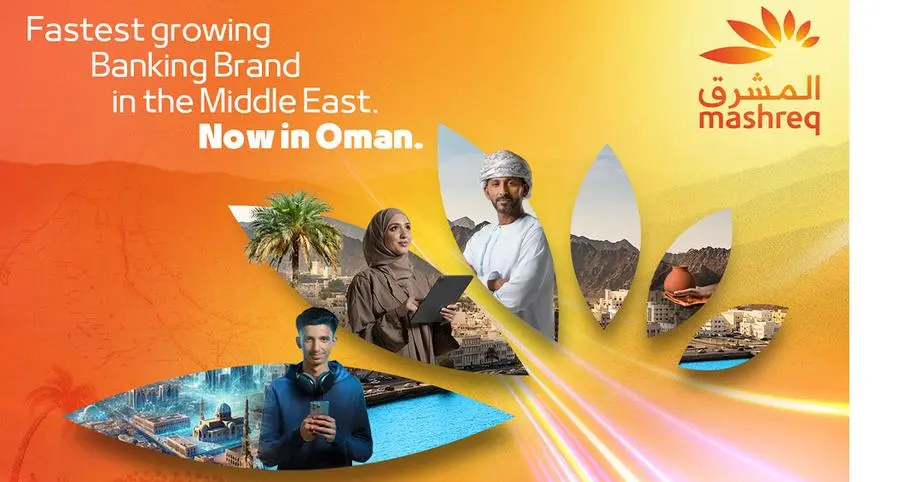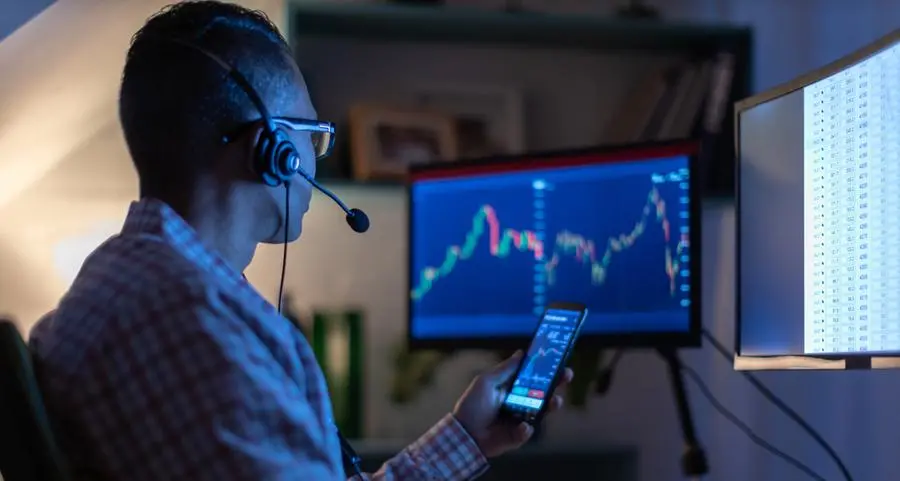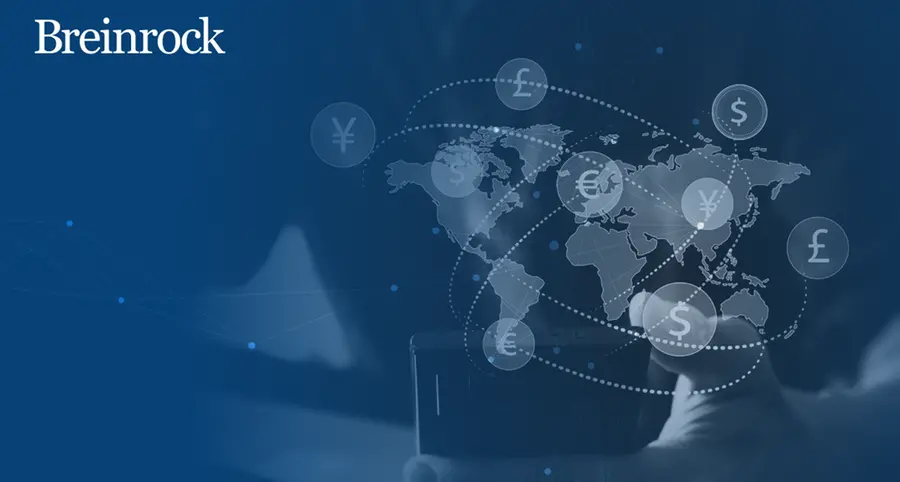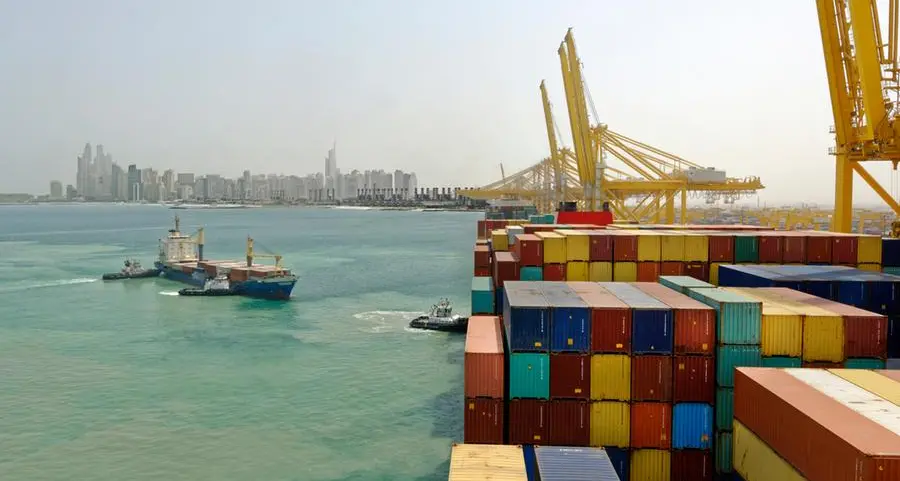The UAE has been focusing on the diversification of its economy for some time, with a view to reducing the reliance on revenue from non-renewable energy sources. This diversification has spread across all sectors - from travel, tourism and hospitality to finance, and from trade to manufacturing.
Manufacturing, in fact, has started to play a bigger role in recent years. According to a 2013 report by the Dubai Chamber of Commerce and Industry (DCCI), manufacturing is in fact one of the highest contributing sectors to the UAE's non-oil GDP in the last decade, providing roughly 14% (2001 to 2012). Manufacturing accounted for 53% of the UAE's total non-oil exports (merchandise goods) in 2012 and 22% of total exports including oil.
In the year 2000, UAE-manufactured exports increased from AED 30.5 billion (USD 8.3 billion) to approximately AED 217.4 billion (USD 59.2 billion) in 2012. The main industries include food and beverages, tobacco, chemicals, mineral products, paper products, textiles and clothing and wood products. Aluminum, cabling, petrochemicals, steel and marine industry products are the largest individual manufactured products. Approximately 77% of the UAE's manufactured exports were sent to Asia in 2012, 10.4% were sent to Africa, 6.4% were sent to Europe and the remainders were sent to the USA and other transition economies, according to the DCCI report.
The UAE Ministry of Economy estimates that there were 5,201 industrial establishments in 2011, employing almost 400,000 staff - a growth of 5% compared to 2010. A total of 40% of all manufacturing firms were located in Dubai in 2011, while 29% were in Sharjah, 15% were in Ajman and 7% were in Abu Dhabi. Conversely, 58.8% of manufacturing investments were made in the UAE's capital, 22% were in Dubai and 7% were in Fujairah (with the remaining in the other Emirates). 
SUPPORTING THE SECTOR
The UAE government has implemented a number of policies and has taken steps to ensure that manufacturing is a sector that's supported. Facilitating manufacturing has been accomplished by the establishment of numerous free zones (or free trade zones), which encourage trade within the zone and in other countries. There are now more than 50 free zones across the UAE, specializing in industry, technology, media and other sectors. In fact, Dubai's first free zone - Jebel Ali Free Zone (JAFZ) - was established in 1985 and now houses more than 7,000 companies, attracts more than 20% of the UAE's FDI and exceeds 50% of Dubai's total exports with a trade value of AED 253.4 billion (USD 69 billion). Dubai Aluminium, established in 1979, churned out more than 1 million tons of hot metal in 2012.
Free trade agreements within the GCC and internationally also facilitate the manufacturing 'boom' recently predicted. Trade liberation is a key aspect of the UAE's free trade agreements: this includes the elimination of customs tariffs and charges on the exchange of goods, which in turn leads to an increase in trade volumes and increases the amount of national products entering foreign markets.
Regional agreements made with the GCC include the Federal Decree No. 55 (2002), which promotes economic cooperation between GCC and Arab nations. Other agreements include the Ministerial Order No. 88 (1989), which allows GCC nationals to conduct industrial economic activities in the UAE.
DIVERSIFYING THE UAE ECONOMY
Internationally - after joining the World Trade Organization in 1996 - the UAE signed on to numerous trade, economic and technical cooperation agreements with 12 countries in Asia, eight countries in both Europe and Africa and another two in Australia and South America. The Emirates has also entered into a number of agreements that protect and promote investment (including the prevention of double taxation) with numerous countries in the Arab world and internationally, to ensure the investment climate stays attractive as well as foster trade in non-oil produce.
The UAE has outlined a number of strategic plans and visions, which encompass and embrace the need for diversification - also encouraging non-oil sector growth, including manufacturing. Sector development and economic growth were stipulated as two main aims in the Dubai 2015 Vision and the Dubai 2020 Vision is currently being formulated to take the World Expo 2020 into account (won by Dubai).
Abu Dhabi has too released its Economic Vision 2030, with a remit to: "Build an open, efficient, effective and globally integrated business environment; adopt a disciplined fiscal policy that is responsive to economic cycles; establish a resilient monetary and financial market environment with manageable levels of inflation; drive significant improvement in the efficiency of the labor market; develop a sufficient and resilient infrastructure capable of supporting anticipated economic growth; develop a highly skilled, highly productive work force; and enable financial markets to become the key financiers of economic sectors and projects."
All these factors - the focus on economic diversification for the UAE, free trade agreements and dedicated, specialized zones - contribute to the push towards a non-oil-driven economy that will boost manufacturing to an even greater extent.
© Zawya BusinessPulse 2014

